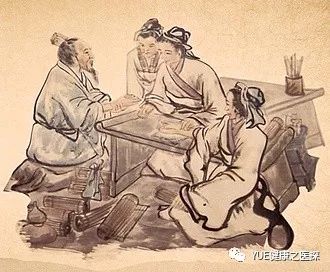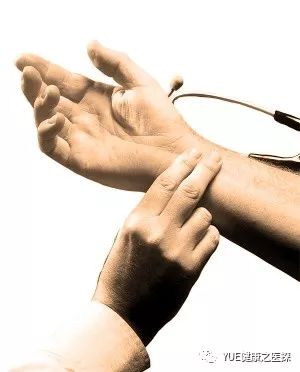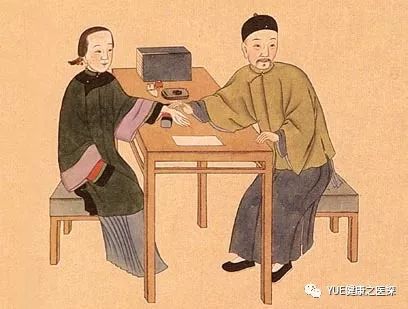Traditional Chinese Medicine (TCM) pulse diagnosis
Pulse diagnosis includes both pulse examination and palpation, which are methods used by doctors to examine certain areas of the patient’s body through touch and pressure with their hands and fingertips.
In TCM’s traditional diagnostic methods, “切诊 (qiè zhěn)” is an important part of the four examinations: observation, listening, inquiry, and palpation.
Ancient Chinese medical practitioners discovered early on that the pulsation of the blood vessels is synchronized with the heartbeat. Through long-term exploration and practice, pulse diagnosis gradually became more scientific.

During the Spring and Autumn period, Zhao Jianzi, who held power in the Jin state, suddenly fainted and lost consciousness. The people of Jin were very frightened, so they invited Bian Que to diagnose Zhao Jianzi.

After examining Zhao Jianzi’s pulse, Bian Que said that the patient’s body was fine. Although he was currently unconscious, his pulse was normal. There was no need to panic; he would definitely wake up within three days.
Bian Que’s prediction was accurate; two and a half days later, Zhao Jianzi finally woke up.
Bian Que’s superb medical skills advanced the development of pulse diagnosis, and during the Spring and Autumn and Warring States periods, the techniques of pulse diagnosis reached a relatively high level.
Pulse diagnosis includes both pulse examination and palpation, which are methods used by doctors to examine certain areas of the patient’s body through touch and pressure with their hands and fingertips.

How do doctors perform “切诊 (qiè zhěn)”?
When taking the pulse, the patient should be seated or lying supine, extending their arm to the same level as the heart, with the palm facing up and the forearm flat to ensure smooth blood flow.
Generally, the pulse is taken at the cun position, which is the superficial part of the radial artery at the wrist. The doctor then feels for changes in the pulse, skin swelling, temperature of the hands and feet, and areas of pain.

Let’s look at two typical pulse types:
【浮脉 (fú mài)】
The pulse is superficial. It can be felt with light pressure and slightly decreases with heavy pressure. This is commonly seen in the early stages of colds, flu, and various infectious diseases.

【滑脉 (huá mài)】
The pulse is smooth and flowing, like rolling beads. This pulse can sometimes be seen in healthy individuals with abundant qi and blood, and is often observed in pregnant women. It can also appear in various inflammations, digestive disorders, excess conditions, amenorrhea, and malignant tumors.

It is important to note that in clinical practice, the combination of the four examinations in TCM is necessary to comprehensively and systematically understand the patient’s condition.


〔Copyright Statement〕
The copyright of the YUE series original content belongs to our company.
Unauthorized reproduction is prohibited.
If needed, please contact [email protected]

